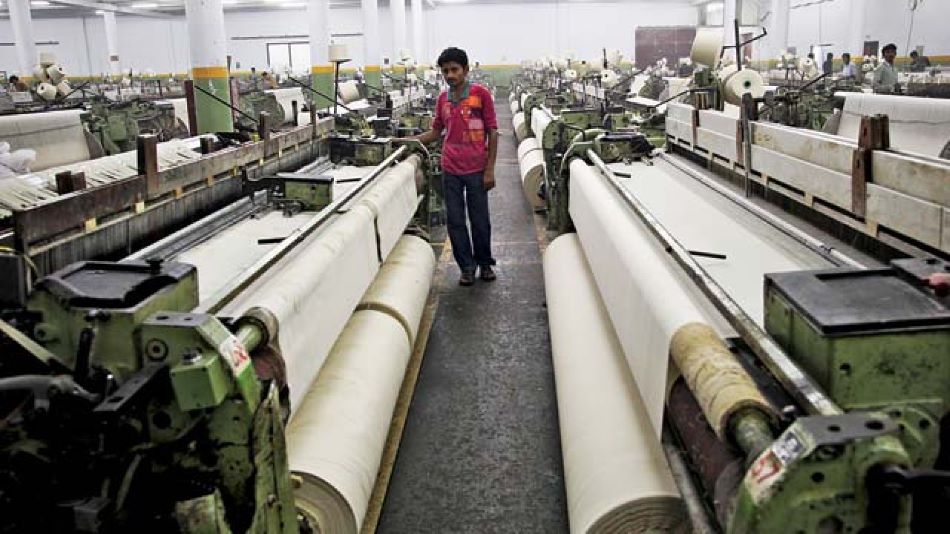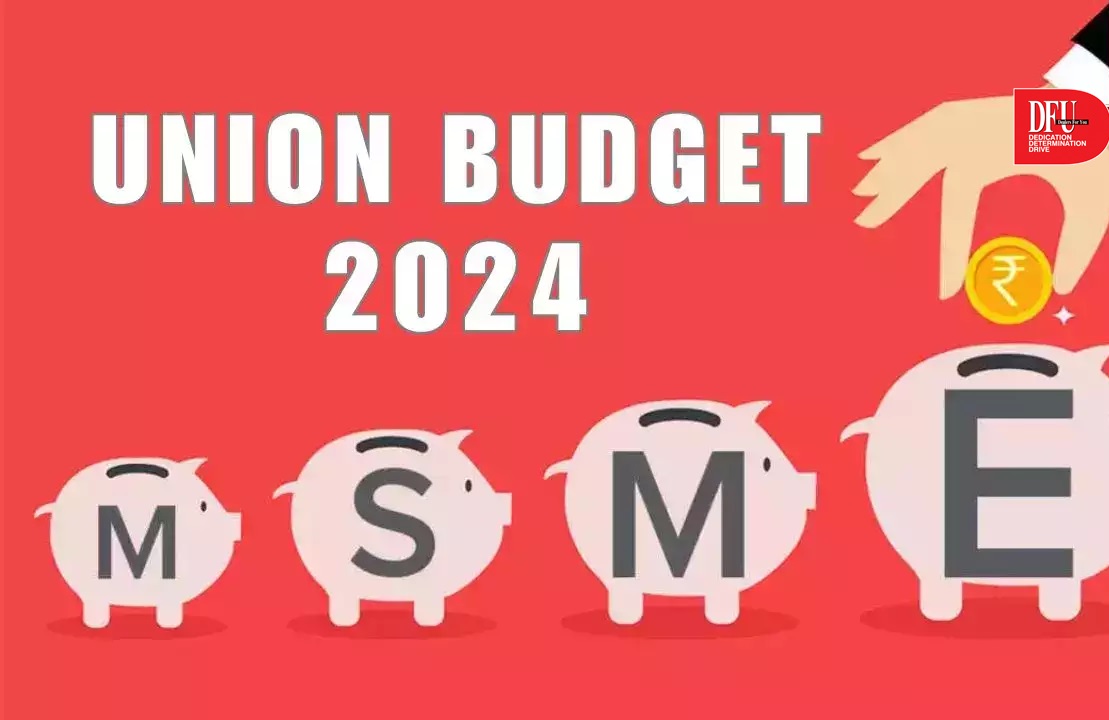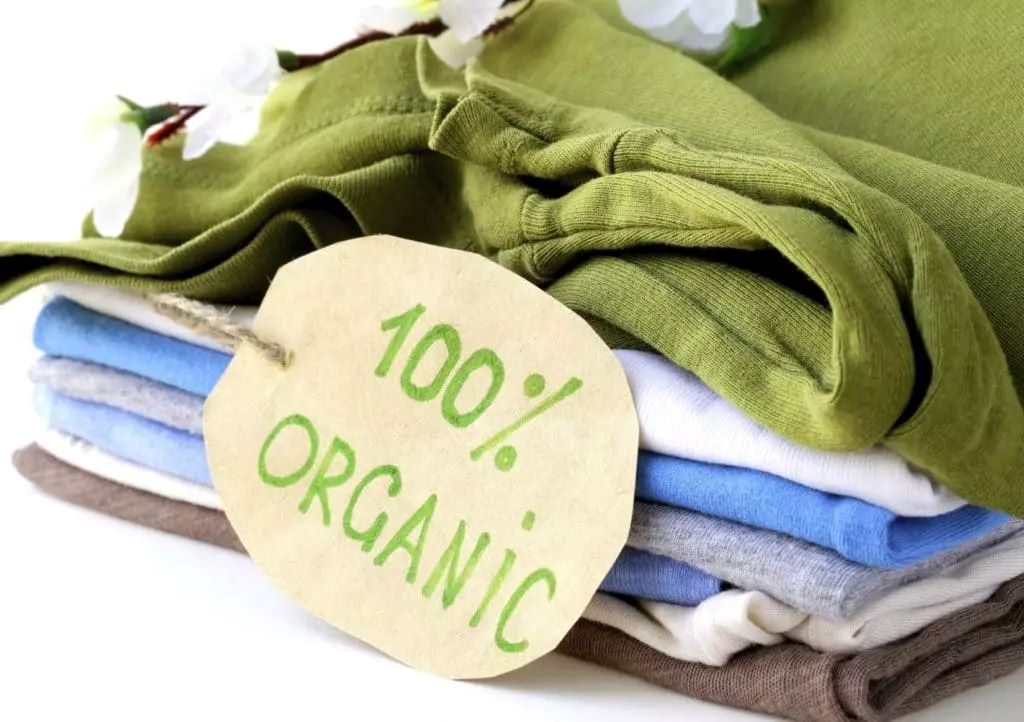
With the upcoming Union Budget expected to be an interim one, Indian textile and apparel industry is keeping its fingers crossed, hoping for measures that will provide much-needed fillip to the sector. Key industry bodies like AEPC, TEXPROCIL, SRTEPC, and CMAI have submitted their wishlist to the government, urging for measures to bolster their competitiveness and navigate challenges. What they want…
GST Uniformity across MMF value chain
A of the key demand from AEPC is the standardization of GST rates across the entire Man-Made Fibre (MMF) value chain. The current disparity – 18 per cent on fibre, 12 per cent on yarn and 5 per cent on fabric - leads to unutilized input credit and liquidity issues for Micro, Small & Medium Enterprises (MSMEs). A uniform 5 per cent rate, as proposed by AEPC, could ease cash flow and spur manufacturing.
Extension of Interest Equalization Scheme beyond March 2024
Another key demand is the extension and expansion of the Interest Equalization Scheme (IES) for the textile sector. The IES currently provides subsidized interest rates on loans for exports of made-up garments and home textiles. However, the scheme is set to expire in March 2024. The industry is requesting the government to extend the IES for at least another five years and expand its scope to cover all segments of the textile and apparel value chain. This would make Indian exports more competitive in the global market and boost domestic manufacturing. The industry is also seeking an expansion of the IES to cover a wider range of textile products and to address regional imbalances in the scheme's benefits.
AEPC suggests raising the rate to 5per cent for all apparel exporters, making pre and post-shipment Rupee export credit more accessible and boosting international competitiveness. Currently, the rates vary between 2 and 3 per cent, depending on the exporter category and product listings.
Promoting sustainable practices and branding
TEXPROCIL has highlighted the need for tax concessions for apparel manufacturers adopting Environmental, Social, and Corporate Governance (ESG) practices and adhering to international quality standards. This would incentivize sustainable production and attract conscious consumers. Additionally, budgetary support for branding and marketing ‘Made in India’ products is deemed crucial to compete effectively in the global market.
Focus on MSMEs and Skill Development
The SRTEPC, representing the synthetic and rayon textiles sector, advocates for additional support for MSMEs. Measures like easier access to credit, simplified compliance procedures, and skill development programs could significantly empower these enterprises.
Technological Upgradation and Research & Development
The Indian textile industry faces stiff competition from countries like Bangladesh and Vietnam, which have lower production costs and a more skilled workforce. To bridge this gap, the industry is seeking government support for technological upgradation and skill development initiatives. CMAI, representing garment manufacturers, highlights the importance of technological advancements and R&D initiatives. Budgetary allocations for upgrading machinery, adopting automation, and promoting R&D would enhance the industry's efficiency and innovation..
Boosting domestic market
Beyond exports, stimulating domestic demand is key. Tax cuts on textiles, increased government procurement of uniforms, and consumer awareness campaigns are all on the industry's wish list. These measures would help Indian textiles take a positive foot forward.
The upcoming interim budget though temporary, holds immense significance for the textile and apparel industry, especially considering the upcoming general elections. The government's response to these demands will be closely watched, as it could shape the sector's growth trajectory in the near future.
It's important to note that the interim budget typically covers the fiscal needs until the new government takes office after the elections. Therefore, its focus is often limited to essential expenses and immediate concerns. While long-term policy changes may not be announced, significant measures addressing the industry's immediate challenges could offer a much-needed boost.












